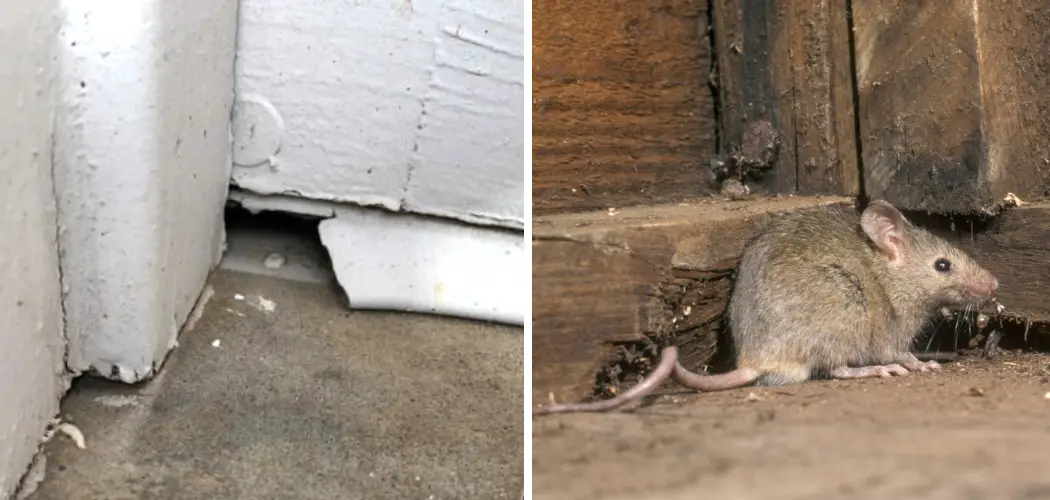Are you trying to keep mice out of your garage? Sealing the gaps around your garage door is an effective way to prevent rodents from entering.
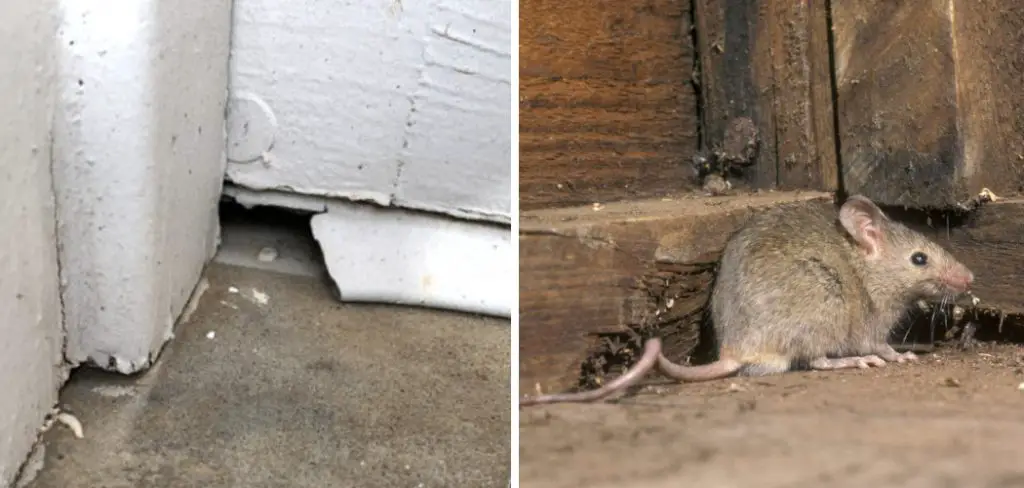
If you’ve ever had an issue with pesky mice getting their way into your home through a crack in the garage door, then you know what a headache it can be! Installing a seal around your garage door is one of the best ways to keep these rodents out for good.
In this blog post, we’re going to cover how to seal garage door from mice so that they can no longer sneak inside and wreak havoc in between walls or even on your belongings.
We will discuss different materials available, tips on installing and sealing the gap, as well as various ways in which you can use weatherstripping not just to improve insulation but also to decorate other items.
What Will You Need?
Before you begin, make sure to collect the following items:
- Tape measure
- Pencil or marker
- Caulk
- Weatherstripping
- Utility knife or scissors
- Putty knife
- Hammer and nails (optional)
- Silicone sealant (optional)
Once you’ve gathered these supplies, you are ready to start sealing the gap around your garage door.
10 Easy Steps on How to Seal Garage Door From Mice
Step 1. Measure the Area:
Measure the gap around your door with a tape measure. Make sure to note how wide and how deep it is before moving on to step two. If you need to, draw a diagram of the area with measurements to make it easier.
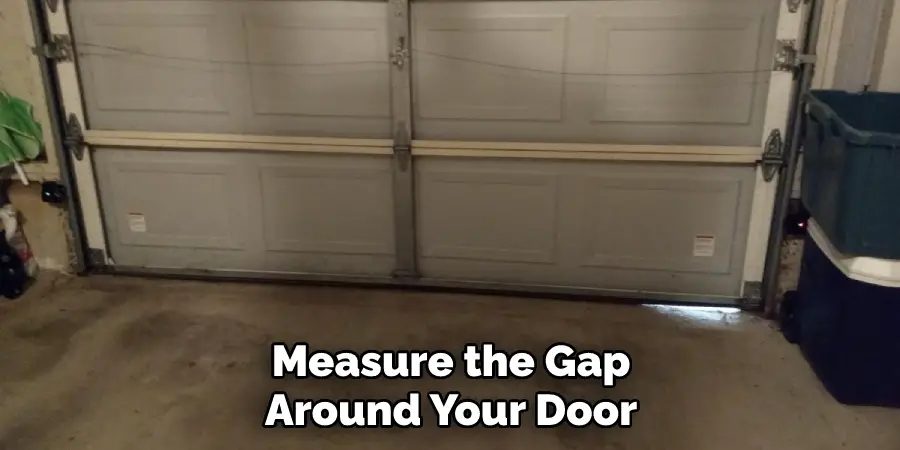
Step 2. Cut Weatherstripping:
Cut weatherstripping to the length of the gap you measured. Keep in mind that you may need to cut several pieces if your door is large and has a complex shape. If you’re using a metal strip, make sure to use a utility knife or scissors instead of a hammer and nails.
Step 3. Attach Weatherstripping:
Attach the weatherstripping to the sides of the garage door with nails or screws depending on what type of material it is made from. Make sure that each piece fits tightly against the door. It will be easier to install the weatherstripping if you have someone helping you.
Step 4. Apply Caulk:
Apply a small bead of caulk along any cracks or crevices between weatherstripping pieces for extra protection against rodents. You can also use a putty knife or spatula to spread the caulk evenly. Another option is to use silicone sealant instead of caulk.
Step 5. Use Putty Knife:
Use a putty knife to smooth out any excess caulk around the door. This will ensure a tight seal and prevent mice from finding their way in. Additionally, if you’re using silicone sealant, use the putty knife to spread it evenly across the door.
Step 6. Install Latch:
Install a latch or padlock on the outside of the door to add extra protection against rodents trying to get inside. You can easily install one if the door does not already have a latch. There are many different types available to suit your needs.
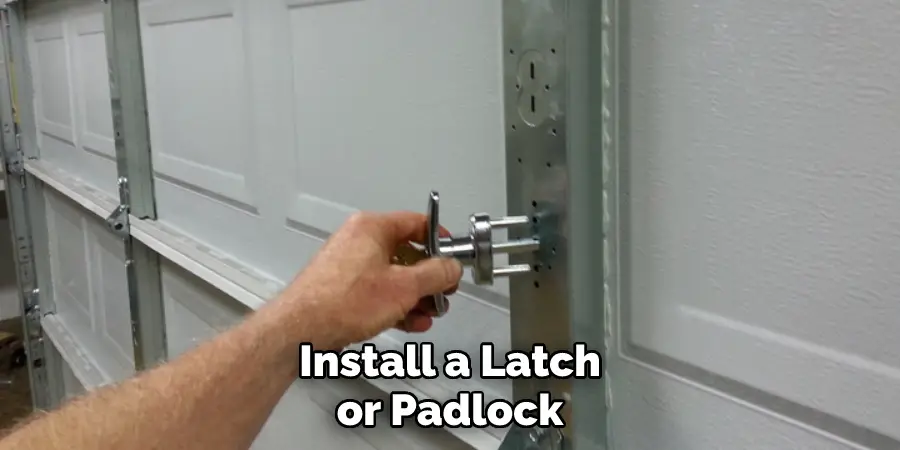
Step 7. Use Silicone Sealant (Optional):
You can also apply silicone sealant around the edges of your weatherstripping for an extra layer of defense against pests trying to get in through any small gaps. It will also help to ensure that the weatherstripping stays in place and does not come loose over time. Be careful not to get the sealant on any finished surfaces, as it can be difficult to remove.
Step 8. Let Dry:
Allow caulk and sealants to dry completely before testing out how well it works. If you notice any gaps or cracks between weatherstripping pieces, apply an extra sealant as needed. Use a small brush to apply the sealant directly into any cracks or crevices.
Step 9. Test:
Test your sealant’s work by closing the garage door and seeing how much light can pass through the gap. If you can see light peeking through, then it is not tight enough, and you will need to go back and add more caulk or sealants. Moreover, you can also open and close the door a few times to ensure it is working properly.
Step 10. Enjoy:
Enjoy a mouse-free garage knowing that your hard work paid off! You can rest easy knowing that you have successfully sealed the gap around your garage door from mice and other pests trying to get inside. Remember to check the sealant regularly to ensure it is still tight and secure.
By following these easy steps, you can guarantee that no rodents will be able to get past your door seal again! Weatherstripping and caulk are the perfect combinations for keeping pests out, and with a little bit of sweat equity, you can have peace of mind knowing that your home is safe from unwanted visitors.
5 Additional Tips and Tricks
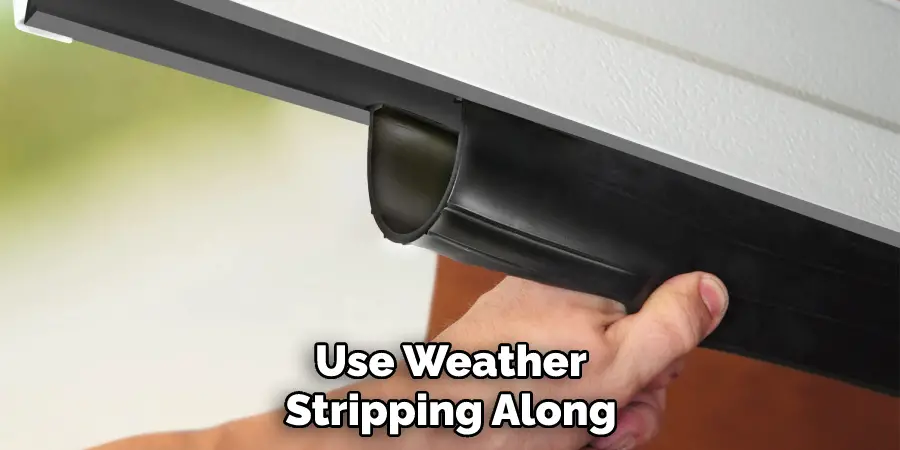
- Inspect your garage door regularly to check for any potential entry points. Look for cracks, gaps between the frame and the door, or other openings that mice could use to get in.
- Use caulk to fill any holes or crevices on your doors and windows that are accessible from the outside. This will help keep out mice and other pests such as bugs and insects.
- Place steel wool in areas where you think mice might enter, such as around window frames, corners of doors, or behind walls. The material is abrasive enough that rodents won’t want to try and chew through it.
- Use weather stripping along the bottom of your garage door to create a tight seal all the way across. This will help with insulation as well as keeping out rodents.
- Install a draft guard along the bottom of your door to help reduce airflow and fill in any small crevices that might be present. This affordable solution can make all the difference when it comes to keeping your garage mouse-free!
With these tips, you can help ensure that your garage remains free from unwanted rodents. Regular inspections and proper sealing of your door will go a long way in keeping out mice and other pests. With the right precautions, you’ll be able to keep your garage well-protected for years to come!
5 Things You Should Avoid
- Don’t leave your garage door open for long periods of time – mice can easily get in and make themselves a comfortable home.
- Avoid using wood as a sealant material around the gap between your garage door and the floor, as mice can chew through it.
- Don’t allow clutter to accumulate in the garage, as this provides potential nesting grounds for mice.
- Avoid leaving food out or exposed near the opening of your garage door where rodents may find it.
- Do not stack any old boxes and materials near the gap/opening, as these can act as an easy bridge from which mice gain access to your home.
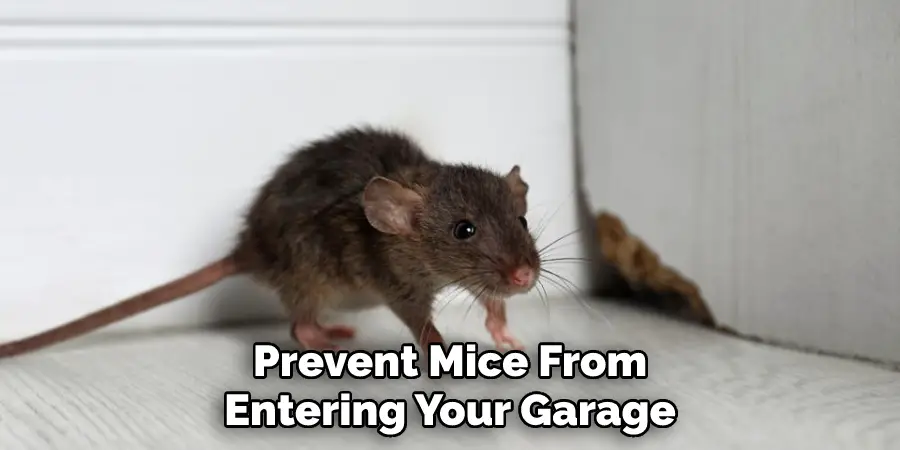
With these five tips, you can help prevent mice from entering your garage through the door.
What Repels Mice in a Garage?
- Mothballs have been known to repel mice in some cases, but they should be used with caution as they can also be dangerous to humans and pets.
- Peppermint oil is believed to drive away mice due to its strong scent and taste – it’s a natural way of keeping them at bay!
- Scatter ammonia or vinegar around the garage door area, as the pungent smells discourage rodents from entering your home.
- Use predator urine, such as fox or coyote urine, which you can buy at garden centers and hardware stores – the odor will confuse their senses and deter them from getting close.
- Place electronic ultrasonic devices near the entrance of your garage, which emit soundwaves that are too high for humans to hear but will repel mice and other pests.
You can help keep your garage protected from mouse invasions by using a combination of these repellents. However, the best way to prevent mice from getting in is still by sealing off any potential entry points or cracks around the door. Sealing off these areas properly with weatherstripping or caulk will guarantee that no rodents have a chance of getting in!
Conclusion
In conclusion, sealing a garage door from mice can be accomplished in several ways. Starting with eliminating their access to food and water sources around the home, using weather-resistant caulk or sealant along openings, installing door sweeps, using steel wool in small cracks and crevices, and setting traps is an effective ways to prevent mice from entering your garage.
The main thing to remember is to take preventive measures so you never have to deal with the hazards of trying to clean up after mice infestation in the first place.
All of these steps will ensure that your beloved vehicle stays safe from rodents and anything else that may try to invade your garage. Keeping up with regular maintenance on your garage door will help it last longer, so you don’t have to worry about any harm coming it’s a way. Good luck sealing yours from mice!
Hopefully, the article on how to seal garage door from mice was helpful in guiding you through the process of keeping your garage safe from unwanted rodents!
I am Rick. I grew up helping my dad with his handyman service. I learned a lot from him about how to fix things, and also about how to work hard and take care of business. These days, I’m still into fixing things- only now, I’m doing it for a living.
I’m always looking for new ways to help people grow and develop. That’s why I have created this blog to share all my experience and knowledge so
that I can help people who are interested in DIY repair.

